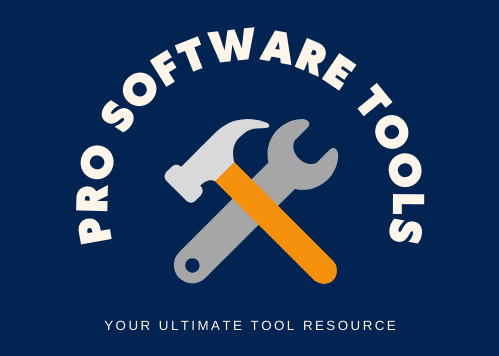Introduction to Image Conversion
In today's digital world, images play a crucial role in communication, marketing, and content creation. However, with numerous image formats available, choosing the right one and converting between them effectively can be challenging. This comprehensive guide will help you understand different image formats, when to use them, and how to convert images while maintaining quality.
Image conversion is the process of changing an image from one format to another. This might be necessary for compatibility reasons, to reduce file size, to improve quality, or to meet specific requirements of different platforms and applications.
Common Image Formats Explained
JPEG (Joint Photographic Experts Group)
JPEG is the most widely used image format, particularly for photographs and complex images with many colors. It uses lossy compression, which means some image data is permanently discarded to reduce file size.
PNG (Portable Network Graphics)
PNG uses lossless compression, meaning no image data is lost during compression. It supports transparency, making it ideal for logos, graphics, and images that require a transparent background.
WEBP
Developed by Google, WEBP provides superior lossless and lossy compression for images on the web. It typically creates files that are 25-35% smaller than JPEG and PNG equivalents while maintaining similar quality.
GIF (Graphics Interchange Format)
GIF supports animation and uses a limited color palette (256 colors). It's suitable for simple animations and graphics but not for photographic images.
BMP (Bitmap)
BMP is an uncompressed format that stores color data for each individual pixel without compression. This results in high-quality images but very large file sizes.
| Format | Compression | Transparency | Animation | Best Use Cases |
|---|---|---|---|---|
| JPEG | Lossy | No | No | Photographs, complex images |
| PNG | Lossless | Yes | No | Logos, graphics, screenshots |
| WEBP | Lossy/Lossless | Yes | Yes | Web images, modern applications |
| GIF | Lossless | Yes | Yes | Simple animations, memes |
| BMP | None | No | No | High-quality originals, printing |
When to Convert Image Formats
Website Optimization
Converting images to appropriate formats can significantly improve website loading times. For photographs, consider using JPEG with optimal compression or modern formats like WEBP. For graphics with transparency, PNG is usually the best choice.
Social Media Requirements
Different social media platforms have specific image requirements. Converting your images to the recommended format and dimensions ensures they display correctly and look their best.
Print vs Digital
Images intended for print often require different formats and higher resolutions than those for digital use. Converting between formats ensures your images look great in both contexts.
Compatibility Issues
Some applications or devices may not support certain image formats. Conversion helps ensure your images can be viewed across different platforms and devices.
Best Practices for Image Conversion
1. Start with High-Quality Originals
Always begin with the highest quality image available. Converting from a high-quality source gives you better results than trying to enhance a low-quality image.
2. Choose the Right Format for Your Needs
Consider the final use of your image. Is it for web or print? Does it need transparency? Will it be animated? Answering these questions helps you select the most appropriate format.
3. Balance Quality and File Size
Find the sweet spot where image quality remains acceptable while file size is optimized for your needs. For web use, smaller file sizes improve loading times.
4. Preserve Originals
Always keep a copy of your original images before conversion. This allows you to make different versions or reconvert if needed.
5. Use Appropriate Compression Levels
When using lossy formats like JPEG, choose compression levels that maintain acceptable quality while reducing file size. Test different settings to find the optimal balance.
6. Consider Modern Formats
For web use, consider modern formats like WEBP which offer better compression than traditional formats. Check browser compatibility for your target audience.
Using Online Image Conversion Tools
Online image converters offer a convenient way to convert images without installing software. Our Image Converter Tool provides a simple, secure solution for all your conversion needs.
Advantages of Online Converters:
- No installation required - Access from any device with a web browser
- Cross-platform compatibility - Works on Windows, Mac, Linux, and mobile devices
- Privacy focused - Many tools process images locally in your browser
- Regular updates - Online tools are frequently updated with new features and format support
- Cost effective - Most basic conversion tools are free to use
How to Get the Best Results:
- Select the appropriate output format for your needs
- Choose quality settings based on your requirements
- Preview the converted image before downloading
- Compare file sizes to ensure optimal compression
- Test the converted image in its intended environment
Conclusion
Understanding image formats and conversion techniques is essential in today's digital landscape. By choosing the right format for each use case and following best practices during conversion, you can ensure your images look great while optimizing performance.
Whether you're preparing images for a website, social media, or print, the principles outlined in this guide will help you make informed decisions about image conversion. Remember to always start with high-quality originals, choose formats based on your specific needs, and test your converted images in their intended environment.
For quick, secure image conversion without software installation, try our free online Image Converter Tool.

